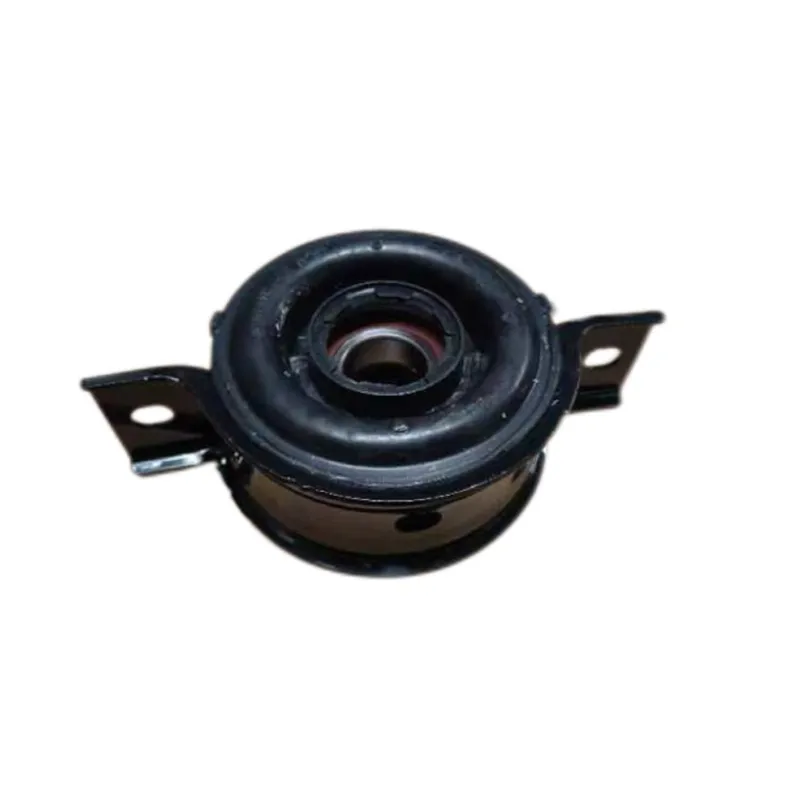Exploring the Benefits and Features of Aftermarket Control Arms for Enhanced Vehicle Performance
Understanding Aftermarket Control Arms Enhancing Vehicle Performance and Safety
When it comes to enhancing a vehicle's performance, stability, and handling, aftermarket parts play a vital role. One crucial component that car enthusiasts often upgrade is the control arm. Control arms are pivotal in a vehicle's suspension system, connecting the chassis to the wheels while allowing for controlled movement during driving. Upgrading to aftermarket control arms can significantly improve your vehicle's overall performance and responsiveness.
What are Control Arms?
Control arms are essential components of a vehicle's suspension system. They consist of a pivot point at one end, typically connected to the vehicle’s chassis, and a connection to the wheel assembly at the other. This design allows for vertical movement of the suspension, aiding in maintaining tire contact with the road surface, absorbing shocks, and providing stability during cornering.
There are two primary types of control arms upper and lower. Most vehicles have both, and each plays a different role in the suspension system. The lower control arm is usually larger and bears the majority of the vehicle's weight, while the upper control arm helps with alignment and cornering performance.
Why Choose Aftermarket Control Arms?
Aftermarket control arms offer numerous benefits over factory-installed variants, particularly for performance-oriented vehicles. Here are several reasons why enthusiasts choose aftermarket options
1. Improved Performance Aftermarket control arms tend to be made from higher-quality materials and are designed to enhance performance. They often feature stiffer bushings and lighter constructions that reduce weight and increase responsiveness.
2. Better Adjustability Many aftermarket control arms offer adjustable settings for camber and caster angles. This adjustability allows drivers to customize their suspension setup to match their driving style, whether it's for daily commuting or racing.
3. Enhanced Durability Aftermarket options often utilize more robust materials, such as aluminum or high-strength steel, making them more durable than factory parts. This durability can lead to longer-lasting performance, particularly in demanding driving conditions.
aftermarket control arms

4. Increased Ride Height and Clearance Some aftermarket control arms are designed to provide additional ride height, which can be beneficial for off-road vehicles. This feature improves ground clearance and enables the vehicle to navigate rough terrains more effectively.
5. Improved Aesthetics For many car enthusiasts, the visual appeal of performance parts cannot be overstated. Aftermarket control arms are often available in various designs and finishes, adding a unique touch to the vehicle’s overall appearance.
Considerations When Selecting Aftermarket Control Arms
While the benefits of aftermarket control arms are clear, selecting the right ones requires careful consideration. Here are some tips to ensure you choose the best control arms for your vehicle
- Compatibility Always check that the control arms are compatible with your specific vehicle make and model. Mismatched components can lead to improper performance or even safety hazards.
- Quality Opt for reputable brands known for their quality and durability. Reading reviews and seeking recommendations from fellow enthusiasts can help you make informed decisions.
- Professional Installation Installing control arms can be complex. It’s often best to have them installed by a professional to ensure alignment and safety.
Conclusion
Upgrading to aftermarket control arms can dramatically improve a vehicle's handling, performance, and overall driving experience. Whether you're looking to enhance your car's capabilities on the track or simply want to enjoy a smoother ride on the road, investing in high-quality aftermarket control arms is a worthwhile consideration. By carefully evaluating your options and seeking expert advice, you can make an upgrade that transforms your vehicle into a performance powerhouse.









